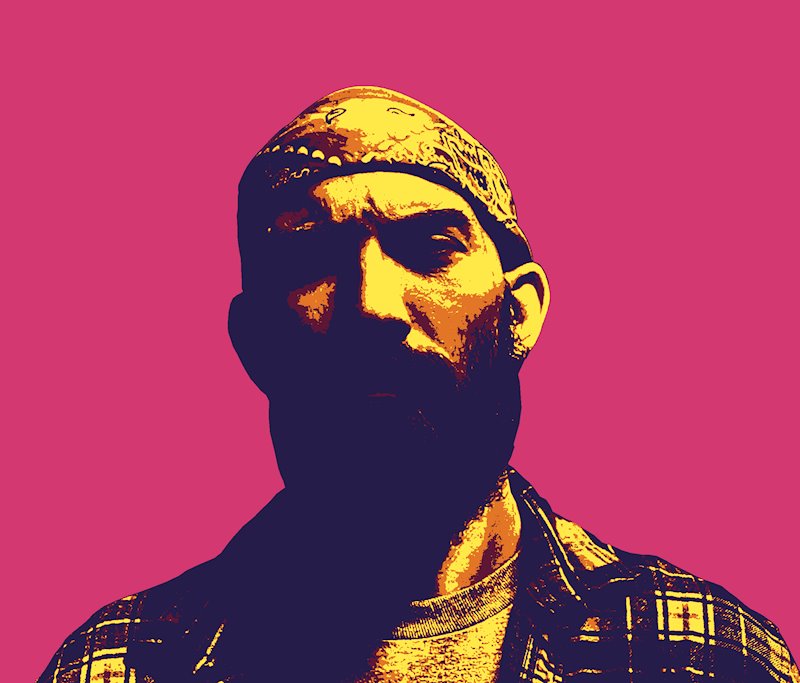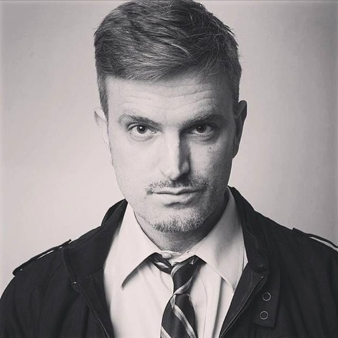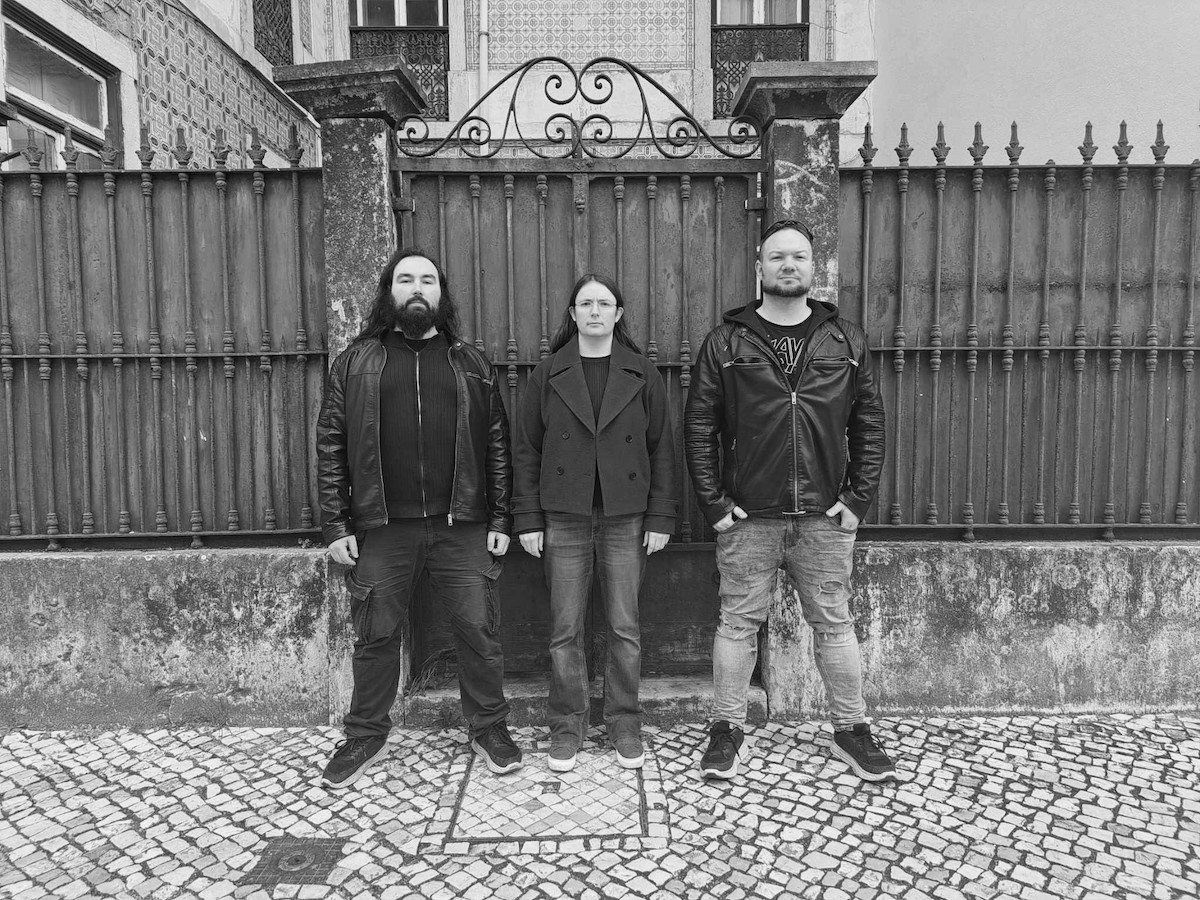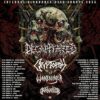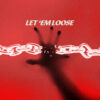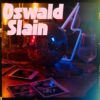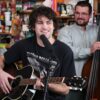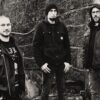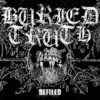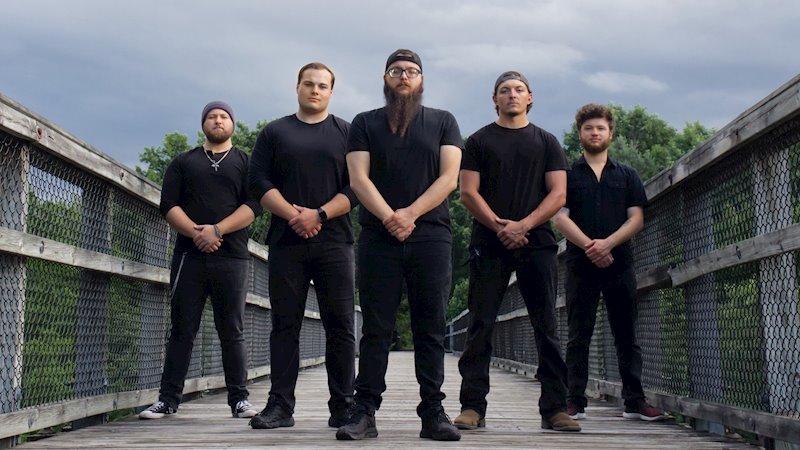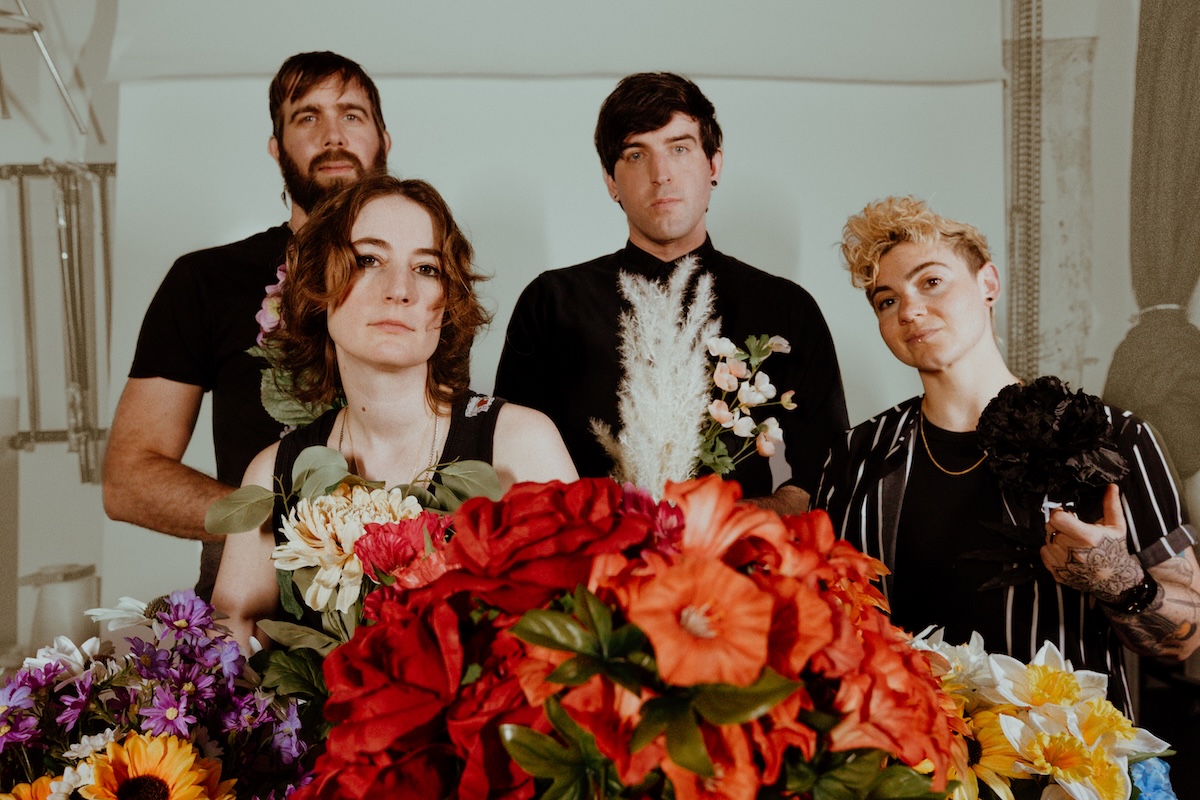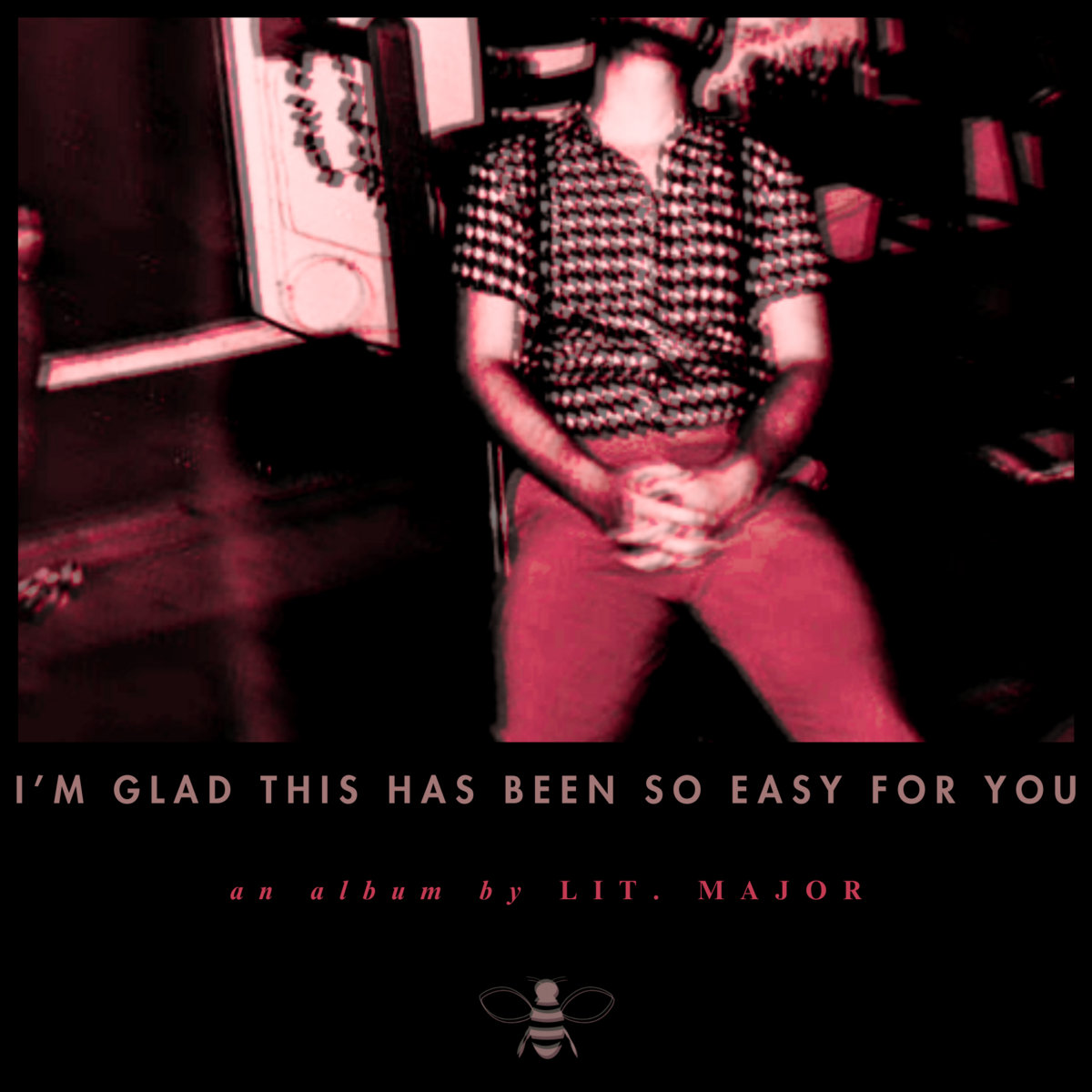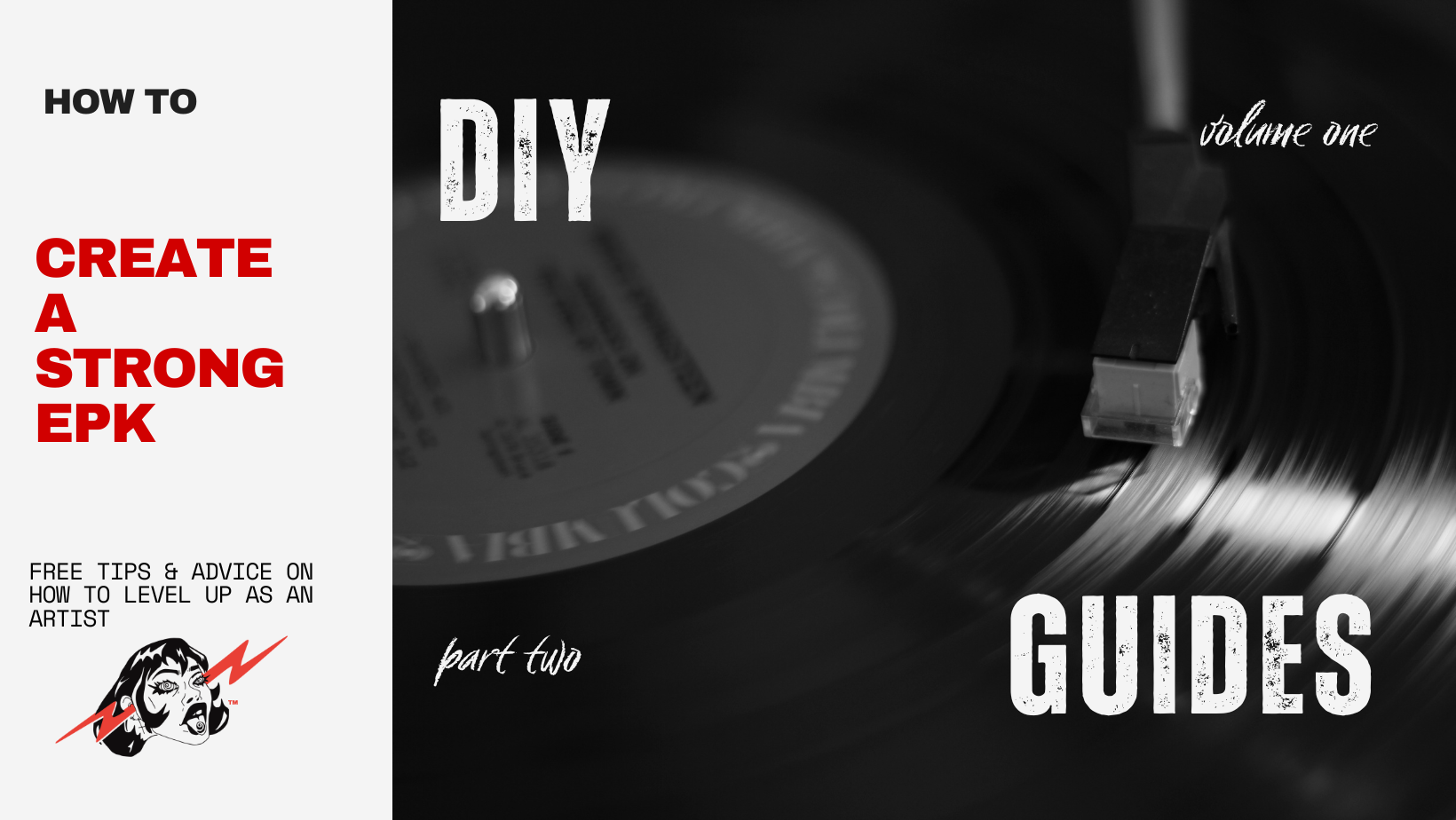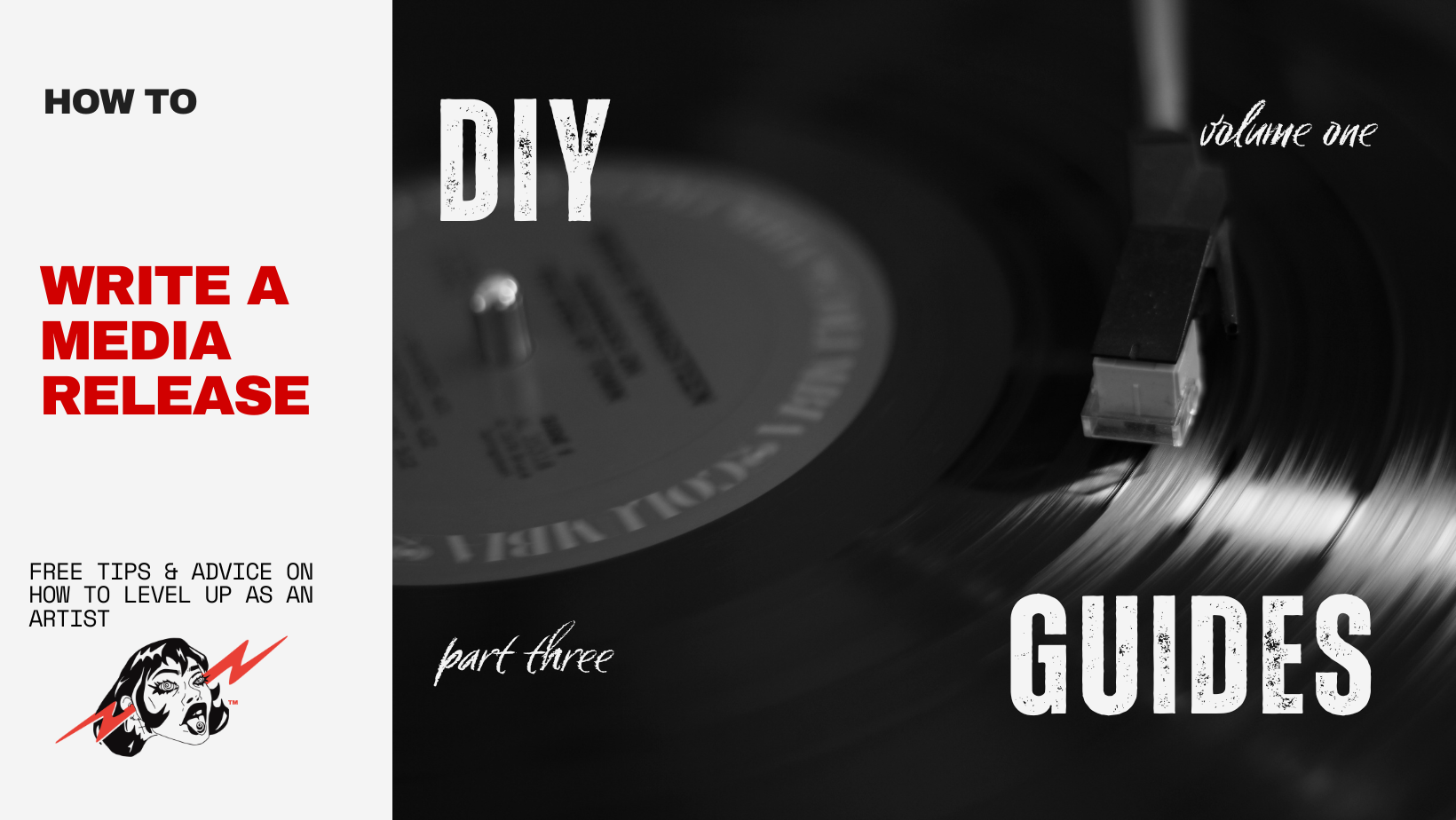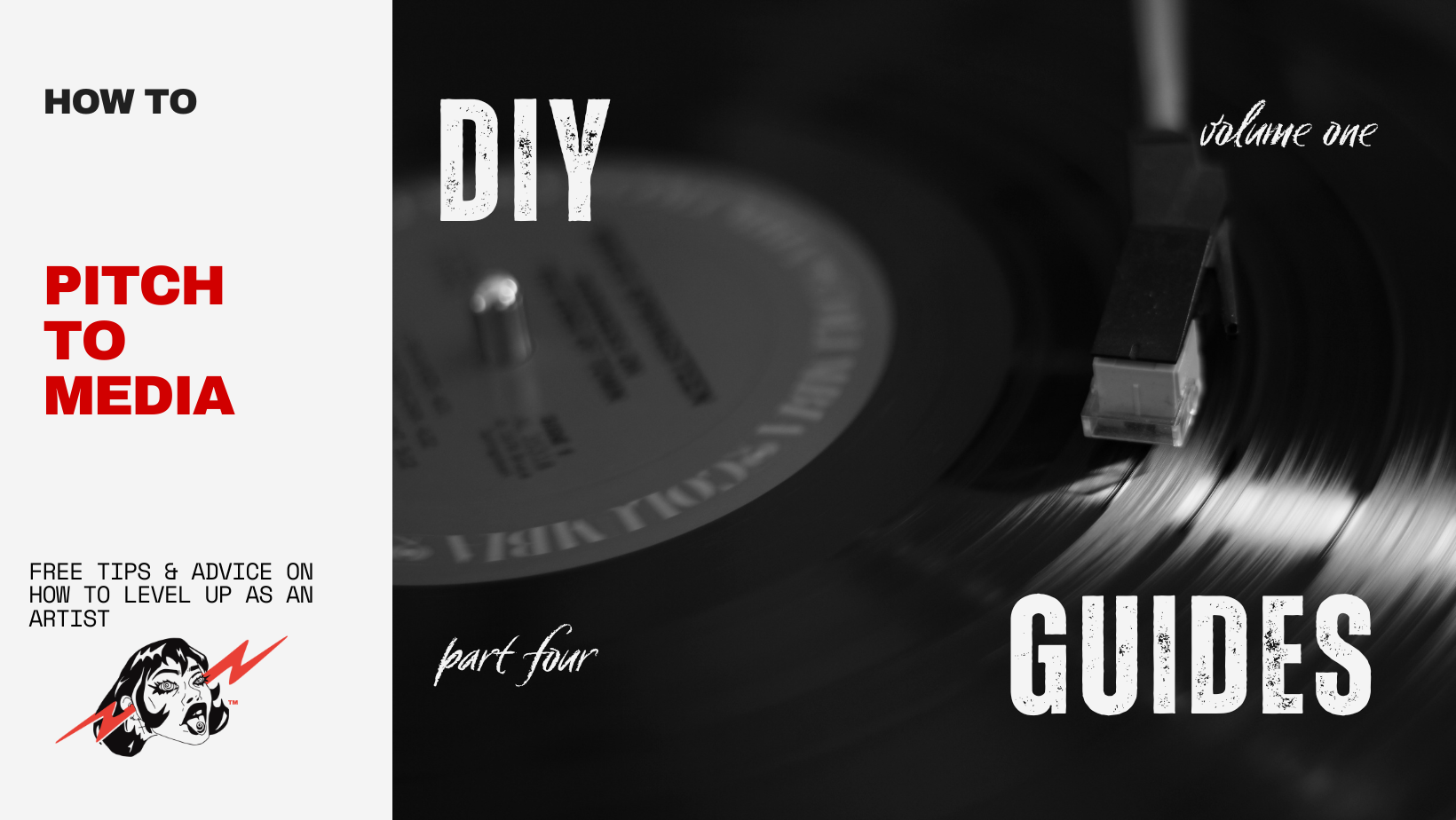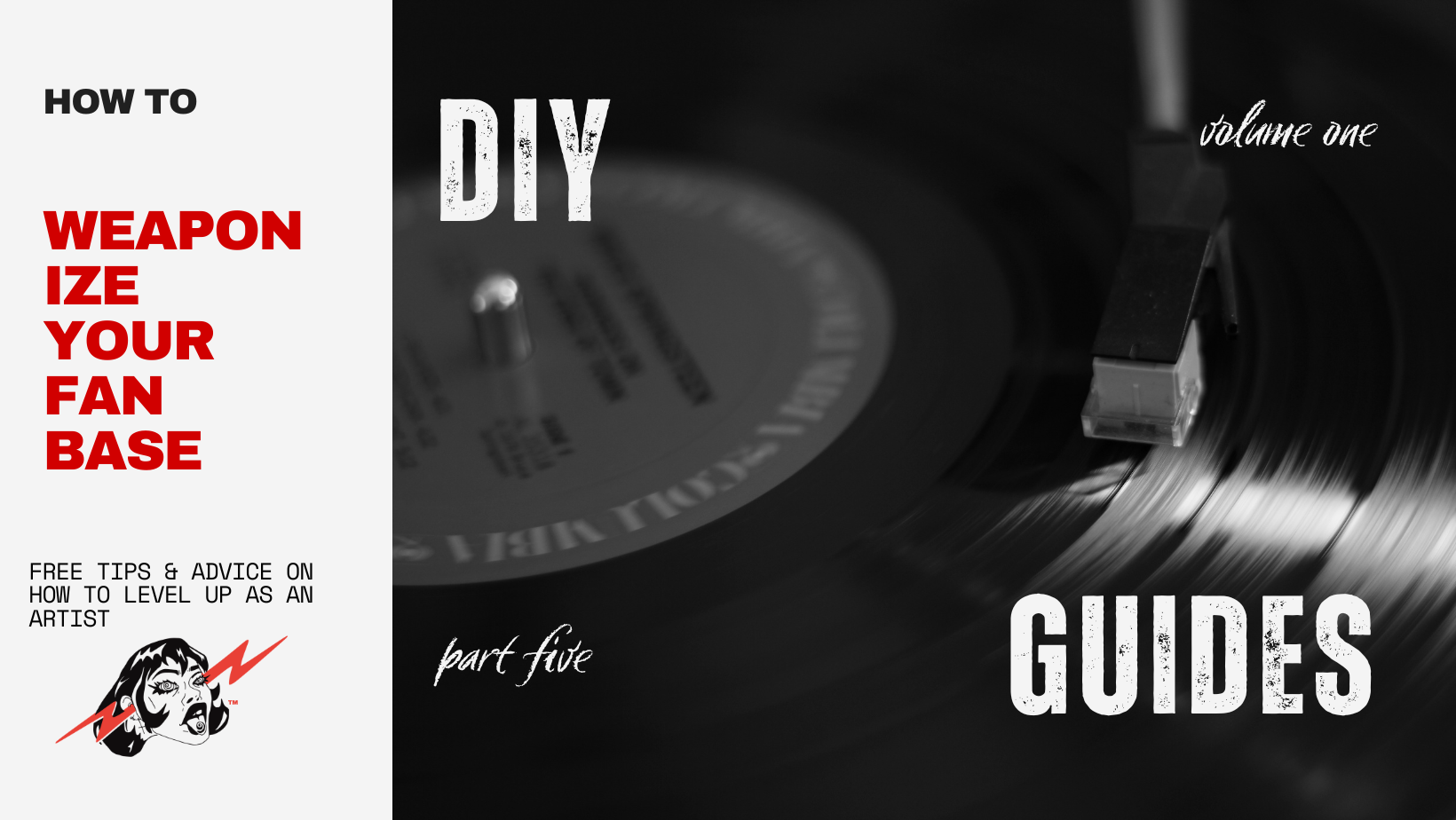In the realm where history and music collide, few projects are as ambitious and intriguing as Cruce Signatus, the brainchild of David Fraizer. The self-titled debut album marks the inception of a grand musical and narrative journey, blending the epic storytelling of the First Crusade with the evocative power of cinematic and music. Cruce Signatus’ vision extends beyond the traditional album format, aiming to create a feature-length animated anthology series where each track serves as both a standalone piece and a chapter in a larger saga. In our exclusive interview, Cruce Signatus delves into the inspirations behind this monumental endeavour, the intricate process of merging diverse musical influences, and the profound questions of faith and redemption that drive his work.
ATN: Your upcoming debut album Cruce Signatus marks the beginning of a larger project, with four albums forming the soundtrack to a feature-length animated anthology. What inspired you to embark on such an ambitious endeavor?
CS: I’ve always been fascinated by cinematic music, particularly the way in which ‘keynote’ melodies or ‘themes’ are used in film. These are typically iconic, 8 or 16 bar phrases that are used throughout a film to emphasize certain moments or characters. For example, in Star Wars, you have the main theme, but also the equally recognizable Imperial March, Luke’s Theme, and many more. However, while I enjoy listening to cinematic music, it’s often hard to get into an entire composition as there’s usually a lot of atmospheric sections to accommodate dialogue or just provide background ‘color.’ I wanted to compose a piece of music that was designed to drive an otherwise silent film, to signal changes in mood, contribute to character development, establish motifs, etc. all on its own. I started experimenting with this idea around the time I released Pillaging Villagers in 2022, an album which was focused on speed and ‘short form’ composition. Cruce Signatus goes in the opposite direction – an exploration of ‘long form’ composition that would allow me to utilize ‘themes’ in different ways across a more epic journey.
ATN: Could you share more about the concept behind the animated anthology series and how the music of Cruce Signatus complements the storytelling?
CS: I am a big history buff and I’ve always been drawn to the medieval age, particularly the First Crusade. It’s always puzzled me – what motivated the average knight, many of whom were poor, to leave behind their lands, the foundation of all their social status, often selling what they had, to undertake a very risky, open-ended military campaign for what they must have anticipated would be very little financial reward, if any? Did they truly believe that their sins were being forgiven? These men lived in a society in which the concept of purgatory, even that of hell itself, was still being developed. How did they balance the idea that every evil or sinful act must be expunged through punishment or penance with their lifestyles, which necessitated constant brutal violence? What impact would that duality have on the mind? How could one continually risk death in battle, knowing that the final moment may come at any time, with the fear of eternal damnation hanging over one’s head? It was these questions that motivated the story of Cruce Signatus.
ATN: The concept of a knight’s quest to confront his sins during the First Crusade is quite intriguing. How did you develop this narrative? Does the music or story come first? What themes or messages do you hope to convey through the music?
CS: I developed the idea when reading through Christopher Tyerman’s famous history of the Crusades, God’s War. The book makes excellent use of primary sources, and I came across a reference to a petty knight in southern France, Pierre Le Batard, Lord of Mezenc, who, it was claimed in the chronicles, went on Crusade as penance for ‘his many grievous sins.’ Nothing else is known about this man, but to have come down to us in history, 1000 years later, as a conspicuous sinner in an age in which the entire knightly class killed, raped and pillaged as a matter of occupation, struck me. I wanted to tell this man’s tale, give him the backstory the Crusade annals deny him, and use him as a vehicle to explore, not just my questions about the Crusade era, but philosophical themes related to faith, redemption, legacy and more. The animated series tells the tale of Pierre’s perilous journey to the Holy Land through a series of short stories, with the music of Cruce Signatus providing the only sound. The music is all set precisely to the feature-length screenplay I’ve written – every tempo shift, every new musical phrase, every key change, every moment of the music is designed to drive the story. I wrote the broad strokes of the story before doing any composition, then evolved the details along with the music.
ATN: How did the collaboration with Heavy Metal Magazine illustrators such as Vincent Kings and Chris Anderson come about?
CS: I am a lifelong fan of Heavy Metal Magazine and I felt like the anthology style that the magazine is famous for, in which multiple illustrators are used to tell a story or create a mood, was really well-suited to the approach I wanted to take with this project. I have been fans of both Vincent and Chris for a while, since I first came across their work in Heavy Metal – I reached out to them to see if they would be interested in collaborating on this project and, much to my surprise, they were excited about it. It was a true honor to work with them – their work definitely elevates the professionalism of the project and the seriousness with which I approach it. They were both fantastic to work with.
ATN: Collaboration seems to be a central aspect of this project, how do these collaborations enhance the storytelling and overall experience for the audience?
CS: Creativity is greatly enhanced, in my view, by collaboration. By bringing additional voices into the creative process, I am able to add dimensions and elements to a project that I may have been blind to on my own. I also think that egotism can set in when a creator has no other voices around to challenge him or her. To use Star Wars as an example once again, George Lucas originally planned on Luke being like 60 years old and part robot, with Han being some sort of lizard creature. It was the contribution of other voices in the process that dissuaded him from those ideas and led to a better outcome. Creative people have this innate power of imagination that I see as being a huge benefit to any project – the more of this power you have, the better the outcome. That’s why I tried to give both Chris and Vincent as much freedom as possible to create – I gave them general guidelines and let them run with it.
ATN: You mentioned drawing influences from cinematic composers like Hans Zimmer and Basil Poledouris, as well as dark synthwave artists like GOST and Perturbator. How do you blend these diverse influences into a cohesive sound for Cruce Signatus?
CS: I talked about cinematic music as having this really cool element of ‘themes’ that I wanted to emulate, but that it is often hard to enjoy an entire cinematic composition due to all the boring ‘atmospheric’ parts that are necessitated by film convention. Electronic music, however, uses a technique of continually stacking layers of melodies and rhythms, speeding up and building intensity towards a climax. I felt like this approach would enable me to construct a cinematic composition that was more engaging, that had a clear trajectory and could carry a film on its own, as well as stand out as an enjoyable piece of music without the visual elements. So, instead of cinematic ‘themes’ amidst a sea of atmosphere, the ‘themes’ become the resolution of long-form synthwave-style build-ups. The combination of these two disparate genres also enabled me to overcome one of the weaknesses of electronic music, and especially synthwave (in my view) – it is often too repetitive and emphasizes more of a ‘trance-inducing’ orientation. The ‘themes’ approach enabled me to incorporate stand-out hooks that break the listener out of the ‘trance’ and make for, in my view, a more engaging listen.
ATN: The debut album features a unique blend of synthwave and heavy metal, breaking down genre boundaries. Can you elaborate on how you approached merging these genres and what effect it has on the musical experience?
CS: Adding metal to the mix was sort of the final missing piece. Metal as a genre really stands out for its ability to add weight and gravitas to symphonic or orchestral compositions (Therion, Dimmu Borgir, Wintersun, just as examples). It also really pairs well with electronic music (Rammstein, Fear Factory, Turmion Kätilöt, just to name a few) by giving it power and structure. However, I feel like the main weakness of contemporary metal is that it is too focused on a ‘maximalist’ approach – everything has to have brickwalled production, be insanely loud and shreddy and feature non-stop blast beats to even register these days. I wanted to go back to basics and use the fundamentals of metal sparingly, and for effect. I use down-tuned palm muted tremolos to emphasize a ‘driving,’ warlike atmosphere. I use crunchy, industrial style riffs to add heaviness to melody. I use thick, doomy open chords and chunky palm muting to add power to introductions. On Cruce Signatus, guitar is used so sparingly that, when it hits, it hits harder – riffs have more impact, chords have more power. There are blast beats in Cruce Signatus (you’ll have to wait till Part Two is released next year to hear them), but they are used extremely sparingly and to emphasize a particularly dark moment in the story. As a result, I feel like metal forms the ‘glue’ that ties cinematic and synthwave/electronic together.
ATN: Each track on Cruce Signatus continually references one another, building themes that evolve throughout the album. How did you approach composing and structuring the music to achieve this cohesive narrative?
CS: I composed a series of ‘themes’ (in the cinematic style described above) which tied to specific characters, concepts or moments in the story. For example, in “Lus Gladii,” we hear Pierre’s Theme. It’s referenced twice in that track, and then again in “Bellum Dei” – it is designed to call out Pierre’s dark side – it crops up in the story when his evil deeds mark a departure from the redemptive journey. Every time you hear it, it is different – often using different keys, time signatures, sounds, tempos, etc. There are multiple distinctive themes just in the first four tracks which are referenced multiple times both within tracks and across tracks. Even more crop up throughout the rest of the composition, which features three additional albums that are written but yet to be released. These themes are crucial in an otherwise silent film in prompting the listener to draw connections across space and time.
ATN: Cruce Signatus emphasizes repeated build-ups and polyphonic climaxes. What significance do these musical elements hold within the context of the storytelling, and how do they contribute to the overall atmosphere?
CS: The buildups are used in a lot of ways. Sometimes they are designed to emphasize building tension. For example, in the video for “Gehenna et Tartareum,” there is a continual buildup from the moment Pierre returns from his visions of Heaven. He feels the eyes of judgment upon him as God, the Saints and Christ himself look down upon him as he is tormented by visions of his murderous conduct. His bloodshot eyes dart around as the music builds, his visions growing more menacing. Suddenly, he finds himself on a pillar in a lake of fire. Flames rise as the tension builds and, as the main ‘theme’ of the track returns, he descends into Hell. This ‘theme’ soars over the melodies and rhythms that build up to it, their individual parts still audible and providing depth and mass to the sound. Here, we see how a musical climax is used to emphasize a climax in the story. This is only one example – sometimes these buildups are lengthy and are used to create a dark or brooding mood, sometimes they build up multiple times, separated by other sections, to create a sense of recurrence.
ATN: As a multi-instrumentalist, how do you navigate the creative process when composing music for such a complex and expansive project?
CS: I use tools like Ableton Live as composition aids as well as digital audio workstations. I typically start with a thematic melody, then use programs like Guitar Pro to turn it into musical notation and export midi to Ableton. This enables me to play with the melody, build sounds for it using Serum and other VST tools, as well as play it on repeat while I develop underlying parts (guitars, drums, other synths, etc.). I can easily re-write, manipulate and shape the sound how I want it, as well as modulate it, move it around in the composition, speed it up, etc. virtually at will. This gives me a lot of freedom and lets my imagination run wild without limitations.
ATN: What are your aspirations for the future of Cruce Signatus and the animated anthology series?
CS: The ultimate goal is to have a different artist provide the illustration and animation for each track across not just Part One, but the three future albums that are written but yet to be released. Then, I hope to release all the animation videos as a single feature length film to coincide with the release of Part Four, with the music providing the soundtrack. The goal is to achieve this independently, through contributions from listeners where possible. If anyone is interested in contributing, or in just learning more about the project, I would encourage them to visit the project’s Bandcamp or become a patron through Patreon. But, if this doesn’t happen, I will be happy just to release the music – while I hope others listen to the music and connect with it, this was a very personal project for me and the music was written first and foremost for my own enjoyment. The creation of art itself is its own reward.
SAME 3 QUESTIONS WE ALWAYS ASK
ATN: Artist / band that you feel is the most underrated and why?
CS: Halläs. Their 2022 album Isle of Wisdom was a major influence on me, with their use of synths and epic, multi-album storytelling. I just feel like their commitment to an authentic 70’s sound is unlike anything I’ve heard in heavy music and the imagination on display in their compositions is unparalleled. I got a chance to see them twice in 2023 and they’re true artistry definitely comes through in the live setting.
ATN: Artist / band that you would like to collaborate with and why?
CS: Musically, I would love to collaborate with Alicia Cordisco. I first connected with her work in Judicator, in which her focus on historically based concept albums (especially Belisaurius in “Let There Be Nothing”) felt really similar to ideas I wanted to pursue, a lot of which coalesced to create Cruce Signatus. Later, I connected with her more radical and subversive side in Transgressive, which felt similar to the rebellious spirit of my 2022 project, Pillaging Villagers, and Project: Roenwolfe which featured a lot of the virtuosic guitar playing that I admired in Judicator, but turned up to 11. I think she is an incredibly talented musician whose approach to songwriting and theming seems similar to mine. Artistically, I would love to collaborate with Miranda Smart, who I became aware of through Heavy Metal magazine. I feel like her more abstract, psychedelic style (especially that displayed in “Hydroglyphs to Mania”) would be a great vehicle for some of the themes in Cruce Signatus. I would love to see how her ideas would mesh with mine to create something otherworldly and intellectually challenging.
ATN: Artist / band that you would like to tour with and why?
CS: I am a bit too old at this point for touring! I also prefer the solitude of composition, as I find it more rewarding. However, I can see doing some sort of very limited run of performances at some point in the future, if Cruce Signatus attracts enough listeners. Devin Townsend has been a hero of mine for a long time – would love to share the stage with him!

